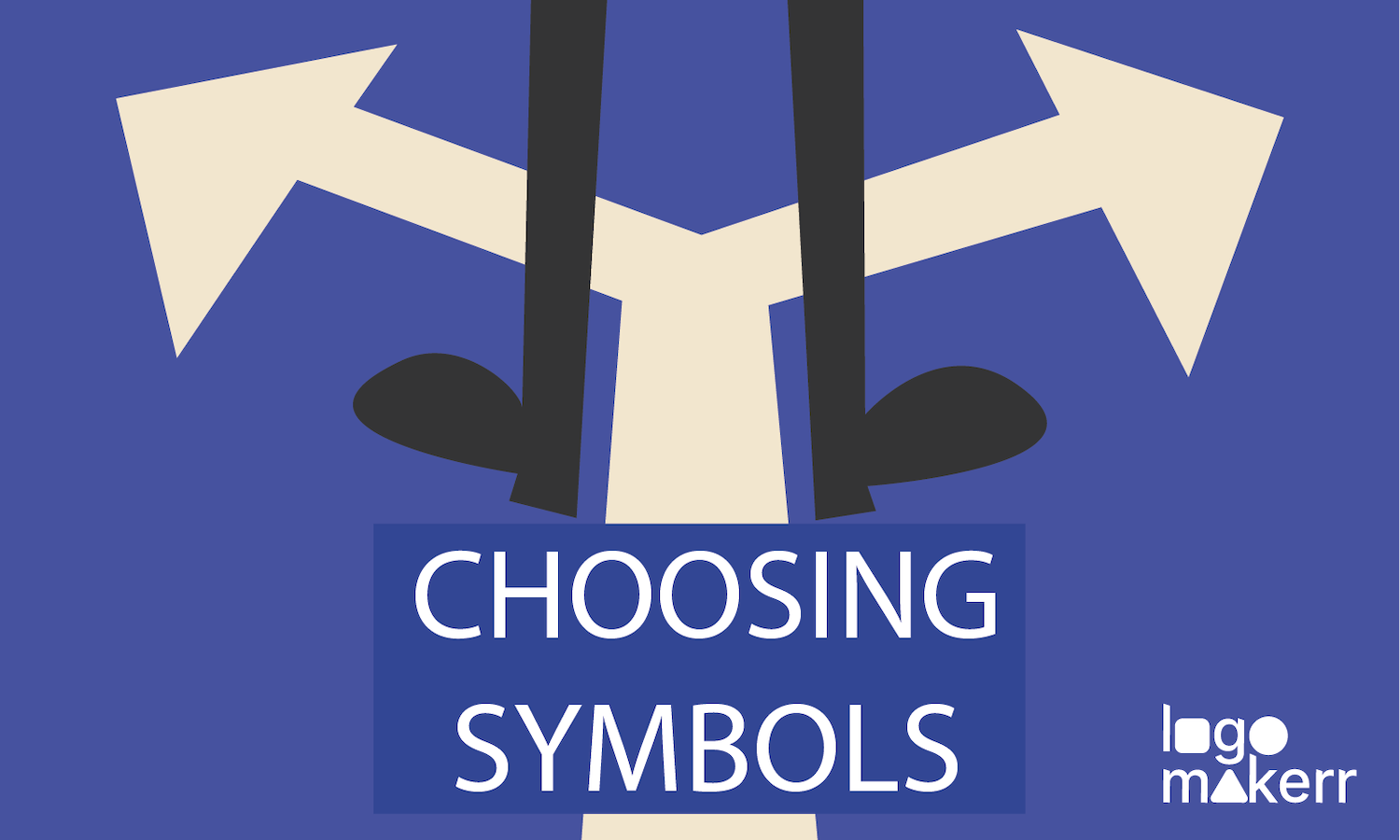The cultural branding of consumer heritage is like a kaleidoscope. It’s constantly changing to celebrate the diversity that makes each industry work for everyone! Now, cultural branding goes beyond traditional marketing strategies like AI logo designing. It recognizes the impact of culture on consumer behavior, preferences, and perceptions.
What many of you don’t know is it also acknowledges our purchasing decisions based on different factors like cultural identities, values, and beliefs. Cultural branding is truly a modern-day parade full of surprises.
Now, in today’s globalized and interconnected world, this type of branding is considered as a powerful tool for businesses. And as our society becomes increasingly multicultural, it’s the right move for brands to embrace the importance of cultural branding!
Understanding the importance of cultural branding in a diverse world
We can all agree that cultural branding allows brands to demonstrate their respect and understanding of different cultures. You see, if startup businesses embraced diversity and inclusivity in the first place, we would all have industries that create a sense of belonging for customers from various cultural backgrounds. In the diverse world of commerce, the ability to adapt branding strategies to fit a multicultural audience is vital. Many companies effectively use various data visualization tools to understand cultural trends and preferences better. One such valuable tool is Tableau. By taking the opportunity to learn Tableau online, businesses can harness insights and create meaningful connections with customers from different cultural backgrounds.

This approach not only expands the potential customer base but also strengthens the brand’s reputation and social impact.
Google, the tech giant and search engine powerhouse, has managed to create a brand that is not only globally recognized but also deeply embedded in various cultures around the world. The company’s commitment to fostering an environment of innovation and creativity has attracted talented individuals from all walks of life!
Another brand that understands the importance of cultural branding is Apple. The company’s approach to branding is nothing short of extraordinary, making it one of the brands with the most beautiful cultural branding.
Whether it’s the iconic “Think Different” campaign or the heartwarming holiday commercials, Apple knows how to tell a story that not only promotes its products but also connects on a deeper emotional level.
Tips for businesses to navigate cultural branding
Sometimes, it’s a bit better to bite more than you can chew. Though it may sound impossible, doing so makes it easy to reach diverse audiences from a plethora of cultural backgrounds. To help you do just that, here are some tips for businesses to successfully navigate the world of cultural branding:

- Research and understand your target audience: Before embarking on any cultural branding initiatives, it’s important that you understand the cultural nuances and preferences of your target audience. Otherwise, you won’t be able to tailor your branding strategy to resonate with the latter authentically. So, make sure that you know their values, traditions, beliefs, or even language.
- Embrace diversity and inclusivity: Embrace diversity and inclusivity: Cultural branding doesn’t mean exploiting other cultures for profit but rather celebrating them. This approach aligns closely with practices such as diversity recruitment, which emphasize creating environments that value unique perspectives. It’s important that you explain this effectively and show respect for different cultures
- Collaborate with cultural insiders: Collaborating with individuals who belong to the culture you are targeting ensures authenticity. These individuals are often called cultural insiders and provide valuable insights to help you avoid cultural missteps. This collaboration can range from hiring consultants to partnering with influencers or community leaders.
- Adapt your marketing strategies: One size does not fit all when it comes to cultural branding. Believe it or not, you have to tailor your marketing strategies to suit the cultural preferences of your target audience. This may include adapting your messaging, visual aesthetics, or some product offerings.
- Be authentic and transparent: The last thing your audience wants is to be approached without authenticity and transparency. Otherwise, your attempt at cultural branding can lead to severe backlash. So, make sure that your initiatives are rooted in respect, understanding, and genuine connection with your audience.
Remember, cultural branding is about building bridges, fostering understanding, and celebrating the richness of our diverse world. After all, discovering how branding is shaped today is actually shaped by the cultures that defined us before.
The future of cultural branding: Trends to watch out for

As our world becomes more interconnected, the importance of cultural branding in commerce is as demanding as ever. So, to help you thrive more in today’s global marketplace, this section will explore some of the emerging trends in cultural branding that businesses should watch out for in order to stay ahead of the curve!
Social responsibility and sustainability
Today’s consumers are more conscious of the impact their purchases have on the world. With the competitive commerce landscape we have now, leveraging innovative technologies such as art by artificial intelligence in branding can give businesses a unique edge. For instance, companies like Canva offer highly advanced AI tools to generate captivating art pieces that resonate well with diverse cultural aesthetics.
Brands that align themselves with social causes, environmental sustainability, and ethical practices will gain a competitive edge.
Influencer marketing
Influencers from different cultural backgrounds have the power to reach and influence niche markets. Partnering with influencers who align with a brand’s values and resonate with its target audience can amplify cultural branding efforts. You may also research for a great social media copywriting guide for easy, step-by-step ideas.
Hyper-personalization
Advanced data analytics and AI technologies enable brands to deliver hyper-personalized experiences. For instance, logo makers powered by AI are a silver lining to many startup businesses today.
The process is simple and user-friendly – you input your business name, select your industry, and specify your style preferences. The AI algorithm then analyzes millions of design elements to create a logo that perfectly matches your brand.
If you want to create a professional-looking logo quickly, Logomakerr.ai is a logo maker tool that you can use for free. This tool allows you to confidently establish your brand identity and set your business up for success in the competitive business landscape.
By keeping a close eye on these trends, businesses can adapt their cultural branding strategies and effectively navigate the diverse world of commerce. Embracing cultural diversity and leveraging it as a strength will drive sales and foster meaningful connections with customers in an ever-evolving global marketplace.
Final Thoughts
Consumers are more discerning than ever, and they can easily identify brands that only engage on a surface-level culture versus those authentically embracing and celebrating diversity. So why not embrace cultural branding and finally contribute to a more inclusive and harmonious global marketplace of today?




